After the beginning of autumn, moxibustion for weight loss can focus on selecting acupoints such as Zhongwan, Guanyuan, Zusanli, Fenglong, and Sanyinjiao. Moxibustion of these acupoints helps promote gastrointestinal peristalsis, regulate endocrine function, accelerate fat metabolism, and is more effective when combined with dietary control and moderate exercise.
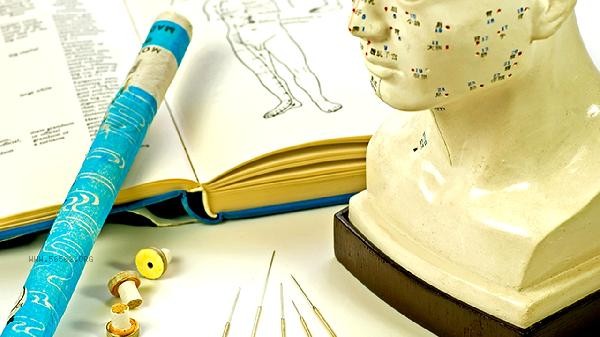
1. Zhongwan acupoint
Zhongwan acupoint is located four inches above the navel and belongs to the Ren meridian acupoint. Moxibustion at the Zhongwan acupoint can warm and nourish the yang qi of the spleen and stomach, improve gastrointestinal digestion function, and reduce food stagnation. It has a regulating effect on symptoms such as obesity and postprandial bloating caused by spleen and stomach deficiency and coldness. It is recommended to use mild moxibustion for 15-20 minutes each time, taking care to avoid burning the skin.
2. Guanyuan acupoint
Guanyuan acupoint is located three inches below the navel, where vital energy gathers. Moxibustion at Guan Yuan acupoint can enhance basal metabolic rate and help break down abdominal fat accumulation. Especially suitable for those with lower abdominal obesity and cold hands and feet. Combining clockwise massage can enhance the effect, but women during menstruation should pause moxibustion.
3. Zusanli acupoint
Zusanli acupoint is located three inches below the depression on the outer side of the knee and is a key acupoint for strong health care. Moxibustion of this acupoint can regulate gastrointestinal function, promote the micro transportation of water and grain essence, and reduce phlegm dampness type obesity. For obese individuals who often experience fatigue and lower limb swelling, it is recommended to alternate moxibustion on both acupoints daily.
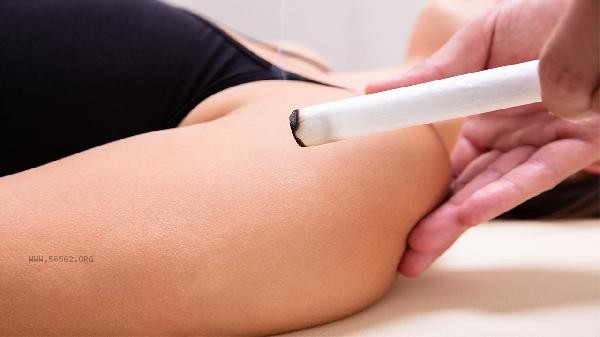
4. Fenglong acupoint
Fenglong acupoint is located on the anterior lateral side of the calf, eight inches above the tip of the outer ankle. This acupoint is a special effect acupoint for resolving phlegm and eliminating dampness. Moxibustion can accelerate water metabolism and improve phlegm dampness blocking obesity. Commonly seen in people with bulky body shape and thick tongue coating, it can be combined with tapping the gallbladder meridian to enhance the effect of removing dampness, and attention should be paid to timely supplementing warm water after moxibustion.
5. Sanyinjiao Point
Sanyinjiao Point is located three inches above the tip of the medial malleolus and is the intersection of the liver, spleen, and kidney meridians. Moxibustion at this acupoint can regulate obesity caused by endocrine disorders, especially effective for weight gain during menopause and menstrual disorders in women. It is recommended to avoid using during menstruation, and those with yin deficiency and excessive fire should control the amount of moxibustion. Moxibustion for weight loss requires long-term persistence, recommended 3-4 times a week, combined with a low sugar and low-fat diet and exercises such as brisk walking and Eight Section Brocade. Pay attention to cleaning the skin before moxibustion, avoiding cold drinks to avoid wind after moxibustion, and shortening the duration of a single moxibustion session for those with weak constitution. If symptoms such as thirst and excessive internal heat occur, chrysanthemum and wolfberry tea can be consumed for regulation. Those with severe yin deficiency or skin allergies should not undergo moxibustion. It is recommended to record changes in body circumference during weight loss and consult a professional Chinese medicine practitioner to adjust the plan if necessary.
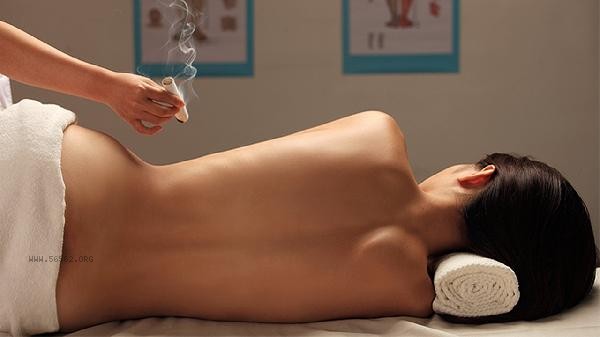

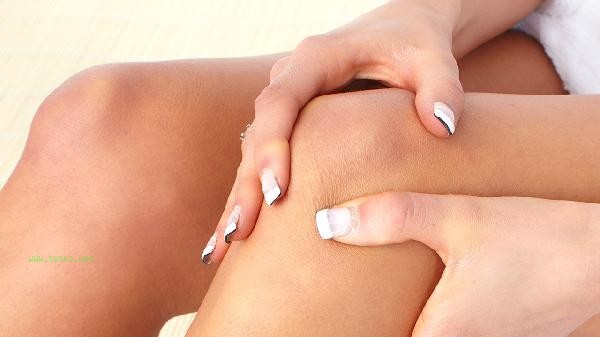
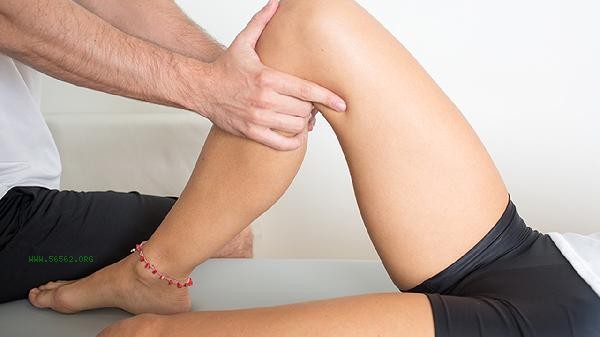
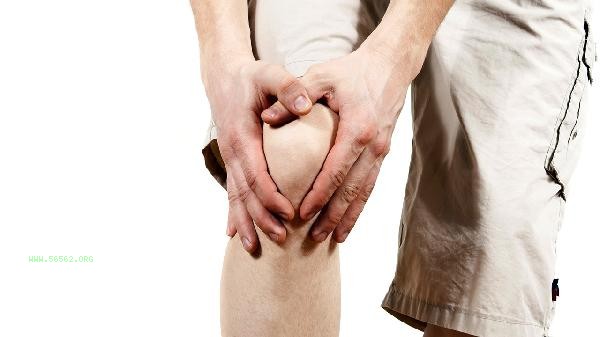
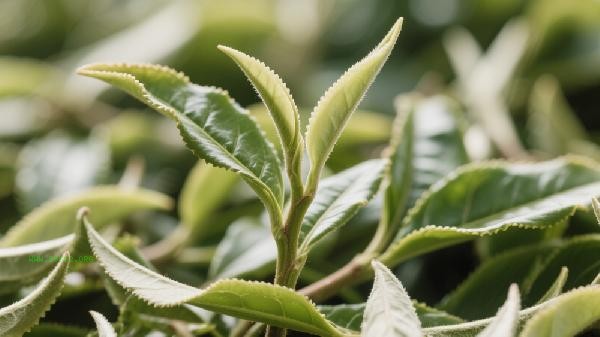
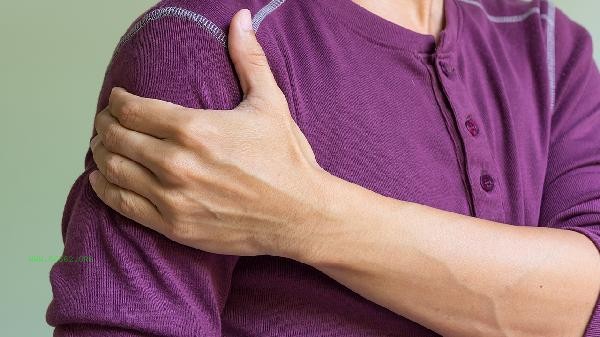


Comments (0)
Leave a Comment
No comments yet
Be the first to share your thoughts!